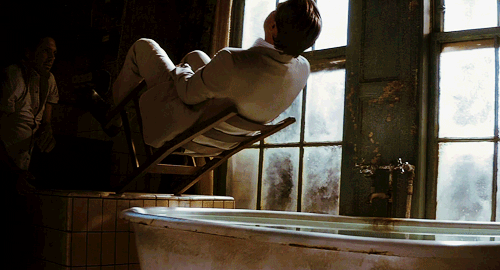Tripwires
In decision-making, we usually make a decision based on certain facts and assumptions and go about executing the decision on auto-pilot mode. Tripwire is a process that helps us go back and check if the assumptions have changed for us to reconsider our decision or even make a new one. A tripwire specifies the circumstances when we would reconsider a decision - “If X happens or if Y changes, we’ll take another look at our decision”.
Why Do We Need a Tripwire?
The main reason why we need a tripwire is because change is so gradual that it is really hard to notice it. Also, you might not be in the best possible state of mind after you’ve invested a lot of time and money in the decision. This is best illustrated with the story of how Kodak went from a pioneer in film cameras to filing for bankruptcy in 2011.
In the 1970s, Kodak was the primary manufacturer of film cameras and the the stage was slowly getting set for another revolution - digital photography. NASA had used digital photography to send photos back to earth, Texas Instruments had filed a couple of patents on digital photography and Sony had introduced the first commercial electronic camera. The leaders at Kodak observed all these events and decided to continue focusing on film cameras based on the following assumptions -
Assumption 1 - The quality of images produced by digital cameras is lower than that produced by the film cameras and this will not be acceptable by the public.
Assumption 2 - The devices that are needed to view the digital images (TV, phone etc.) are expensive and is not affordable to the common man.
However, with the birth of the Internet and with the advancement in the electronics industry, these assumptions stop holding true by the end of 1990s. By 2002, the number of digital cameras eclipsed the number of traditional cameras. Kodak began to decline and eventually filed for bankruptcy in January 2012 - this is the company which at it’s peak in 1997 reached a market cap of $31 Billion Dollars!
Sometimes the hardest part of making a good decision is knowing there’s one to be made!
There are 3 kinds of tripwires that I can think of -
-
Partition - Instead of eating from a large bag of chips, I’m going to partition it into 3 and eat from the smaller bags. At the end of each partition, I’ll reconsider my decision of eating junk food (for most of us the reconsidering part happens automatically at the end of each partition).
-
Time - I’m going to invest $10,000 and start a new venture. If I don’t have 3 clients in 2 years, I’ll quit and find a stable job.
-
Metric - If my weight goes more than xxx pounds, I’ll start exercising more. (Make sure you measure your weight periodically).
Does it make you risk-averse? - I’d like to argue the opposite. Setting a tripwire carves out a safe space when you make decisions and gives you a peace of mind until you trip. It helps you make bold decisions in the long run. Instead of going all-in in a Poker game, tripwire gives you time to look at your cards, make intelligent risks and play longer!
Couldn’t we all use a few tripwires in our lives? We could have a trigger weight that signaled the need to exercise more or we could have a trigger date on the calendar that reminded us to ask whether we’re investing enough in our relationships.
P.S. If you’ve watched the movie The Inception, then the concept of a kick is similar to a tripwire - snaps you awake and brings you back to reality :).

source - Decisive by Chip Heath and Dan Heath
Kaushik Rangadurai
Code. Learn. Explore
